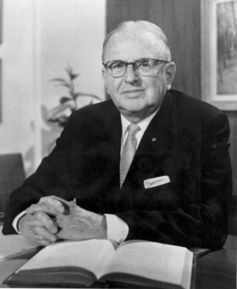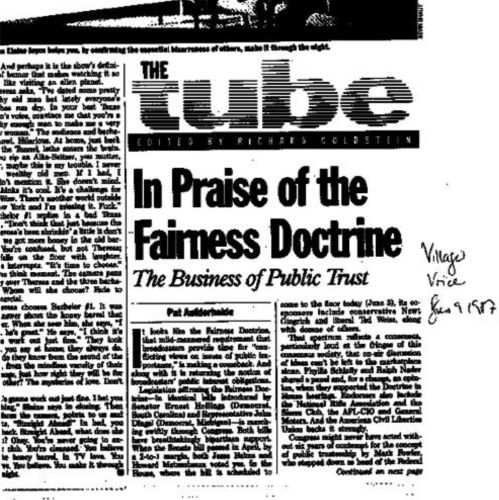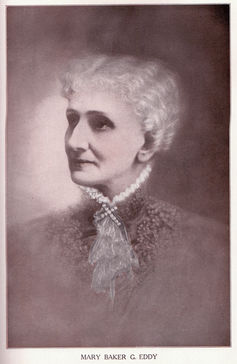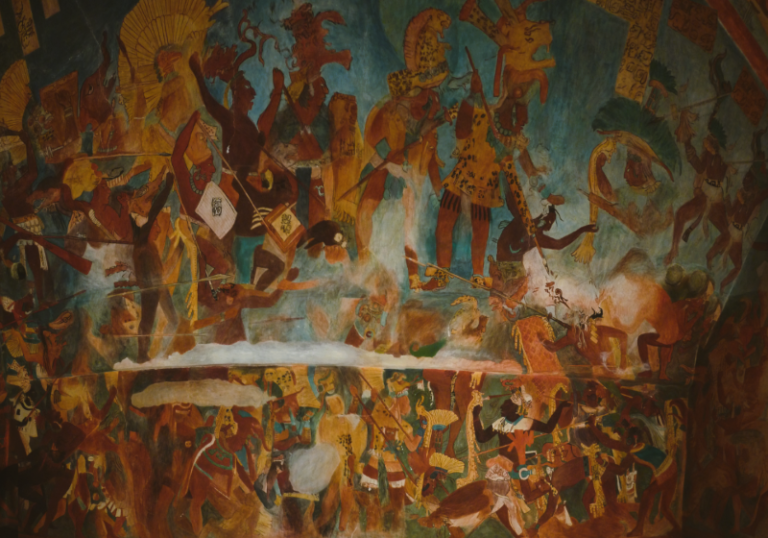

Its power lies in its ability to sacralize the deepest desires of human life (health, wealth, and success) and to present them as divine entitlements.

By Matthew A. McIntosh
Public Historian
Brewminate
Introduction: Wealth, Health, and the Gospel of Success
The prosperity gospel occupies a controversial place in modern Christianity. Its central claim is deceptively simple: God wills the believer’s material wealth and physical health, and such blessings may be obtained through faith, positive confession, and generous giving. For critics, it represents a distortion of Christian doctrine, merging religion with consumerist individualism. For adherents, it offers hope, empowerment, and a theology of divine abundance.
Its roots, however, are not accidental. The prosperity gospel is the product of distinct historical trajectories. Emerging from the nineteenth-century New Thought movement, shaped by the post-World War II Pentecostal healing revivals, and popularized by televangelists in the mid-twentieth century, it has become one of the most globally influential religious movements of the modern era.
New Thought and the Origins of Positive Thinking

The intellectual and spiritual backdrop of the prosperity gospel lies in the nineteenth-century New Thought movement. Figures such as Phineas Quimby emphasized the power of the mind to shape reality, teaching that illness and misfortune were products of negative thought. Healing, prosperity, and success, in this framework, could be achieved through affirmations and mental discipline.1
Though New Thought was not explicitly Christian, it provided the conceptual scaffolding for later prosperity teaching. By blending metaphysical philosophy with therapeutic optimism, New Thought normalized the idea that mental and spiritual states directly affected material circumstances. Its influence extended through popular literature, most famously in Norman Vincent Peale’s The Power of Positive Thinking (1952), which secularized its claims while maintaining their spiritual tone.2 The prosperity gospel would later Christianize this model, grounding positive confession not only in psychology but in the promises of Scripture.
Healing Revivals and Pentecostal Roots
The rise of Pentecostalism in the early twentieth century introduced a theological emphasis on healing, miracles, and the immediacy of the Holy Spirit. After World War II, a series of healing revivals swept across the United States. Evangelists such as Oral Roberts preached that God desired not only the salvation of souls but also the physical healing of bodies.
Roberts popularized the phrase “seed faith,” teaching that financial contributions to ministries would yield divine blessing in proportion to the giver’s faith.3 Healing crusades became sites where testimonies of miraculous recovery and financial provision reinforced the belief that faith unlocked God’s tangible rewards. Pentecostalism’s emphasis on experiential religion dovetailed with the optimism of postwar America, producing fertile ground for a theology that linked divine favor with prosperity.
Televangelism and the Mid-Century Expansion

The prosperity gospel truly gained mass visibility with the rise of televangelism. Oral Roberts pioneered the use of television as a platform for revival, translating the intimacy of Pentecostal worship into living rooms across the country. His broadcasts featured stories of healing and financial blessing, inviting viewers to participate by sending donations and claiming promises of abundance.
By the 1960s and 1970s, figures such as Kenneth Hagin, often considered the father of the “Word of Faith” movement, expanded the theological framework. Hagin drew upon New Thought and Pentecostal teachings to assert that spoken words carried creative power: believers could “speak” health and wealth into existence⁴. This doctrine of “positive confession” made prosperity both accessible and measurable, shifting the Christian life into the idiom of faith formulas and spiritual laws.
Other televangelists followed, including Jim Bakker, whose PTL Club blended entertainment with promises of blessing, and later Creflo Dollar, whose ministry epitomized the fusion of prosperity teaching with modern branding. By the 1980s, prosperity theology had become a defining feature of the American evangelical landscape, generating immense wealth for its proponents and shaping the expectations of millions of followers.
Global Expansion of the Prosperity Gospel

The prosperity gospel’s reach extended far beyond the United States. Pentecostal and charismatic movements carried its teachings into Latin America, Africa, and Asia, where they often resonated with contexts of poverty, instability, and rapid social change. In Brazil, prosperity churches offered both material hope and community belonging in urban slums. In Nigeria, leaders such as David Oyedepo preached prosperity to vast congregations, integrating the message with local idioms of success and blessing.5
The theology adapted to diverse cultural landscapes. In Africa, prosperity preachers often presented themselves as spiritual entrepreneurs, navigating between Western televangelism and indigenous religious practices that linked power, wealth, and divine favor. In South Korea, prosperity themes blended with nationalist aspirations, connecting spiritual growth with national development. The global spread of prosperity theology revealed its versatility: a gospel that could be contextualized in diverse settings while retaining its core promise of material blessing.
Critiques and Defenses
From its earliest articulation, the prosperity gospel attracted sharp criticism. Theologians charged that it distorted Christianity into a transactional system, substituting the cross with consumer desire. Mainline Protestants and Catholics denounced it as heretical, a commodification of grace that exploited vulnerable populations. Critics also noted the moral hazards of linking faith with wealth: those who remained poor or ill were implicitly blamed for lacking belief.6
Yet defenders insisted that the prosperity gospel represented empowerment for the marginalized. For believers facing systemic poverty, the message that God desired their material well-being could inspire resilience and aspiration. Scholars such as Kate Bowler have emphasized that prosperity teaching functions less as a rational theology and more as a cultural system of hope, one that affirms dignity and possibility in the face of deprivation.7
Conclusion: Prosperity as Promise and Paradox
The prosperity gospel is a theology of promise and paradox. Born of New Thought optimism, shaped by Pentecostal revival, and globalized through televangelism, it has become one of the most influential religious movements of the modern world. Its power lies in its ability to sacralize the deepest desires of human life (health, wealth, and success) and to present them as divine entitlements.
Yet its contradictions remain unresolved. It empowers but also exploits. It democratizes access to divine favor but also cultivates extraordinary wealth for its preachers. It offers hope while raising troubling questions about suffering, inequality, and the meaning of faith itself. To study the prosperity gospel is to confront not only a theology but a mirror of modern culture, where religion and consumerism converge in the pursuit of blessing.
Appendix
Footnotes
- Charles S. Braden, Spirits in Rebellion: The Rise and Development of New Thought (Dallas: Southern Methodist University Press, 1966), 112–118.
- Norman Vincent Peale, The Power of Positive Thinking (New York: Prentice Hall, 1952), 4–9.
- Grant Wacker, Heaven Below: Early Pentecostals and American Culture (Cambridge: Harvard University Press, 2001), 275–280.
- Kate Bowler, Blessed: A History of the American Prosperity Gospel (New York: Oxford University Press, 2013), 87–94.
- Paul Gifford, Christianity, Development and Modernity in Africa (London: Hurst & Company, 2015), 164–172.
- David W. Jones and Russell S. Woodbridge, Health, Wealth, and Happiness: Has the Prosperity Gospel Overshadowed the Gospel of Christ? (Grand Rapids: Kregel, 2010), 45–49.
- Bowler, Blessed, 214–219.
Bibliography
- Bowler, Kate. Blessed: A History of the American Prosperity Gospel. New York: Oxford University Press, 2013.
- Braden, Charles S. Spirits in Rebellion: The Rise and Development of New Thought. Dallas: Southern Methodist University Press, 1966.
- Gifford, Paul. Christianity, Development and Modernity in Africa. London: Hurst & Company, 2015.
- Jones, David W., and Russell S. Woodbridge. Health, Wealth, and Happiness: Has the Prosperity Gospel Overshadowed the Gospel of Christ? Grand Rapids: Kregel, 2010.
- Peale, Norman Vincent. The Power of Positive Thinking. New York: Prentice Hall, 1952.
- Wacker, Grant. Heaven Below: Early Pentecostals and American Culture. Cambridge: Harvard University Press, 2001.
Originally published by Brewminate, 09.05.2025, under the terms of a Creative Commons Attribution-NonCommercial-NoDerivatives 4.0 International license.


